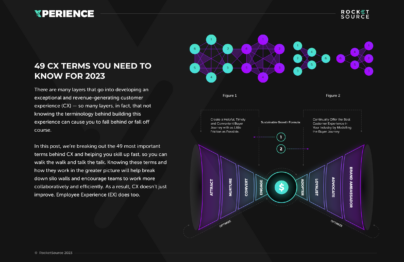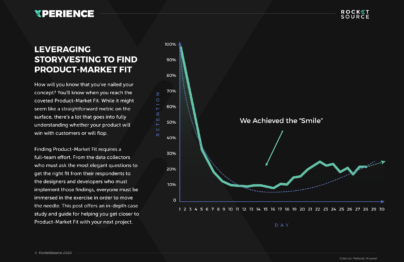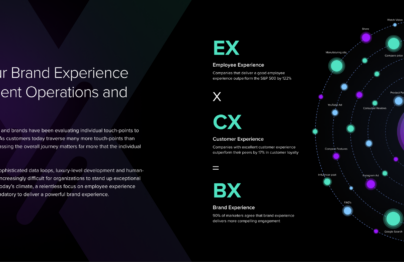The user interface is what your customers interact with when conducting business with your organization. Those interactions might seem surface-level and minute at first glance, but the design your customers interface with sets the tone for their overarching brand experience.
Many organizations confuse user interface design with user experience. User interface (UI) is the actual design that displays on the screen, keyboard, mouse, and/or desktop where your customer navigates their interactions with your product or brand. User experience (UX) is the emotional and logical takeaways from that experience with the UI. Although the two go hand-in-hand, designing each component requires distinct approaches and strategies.
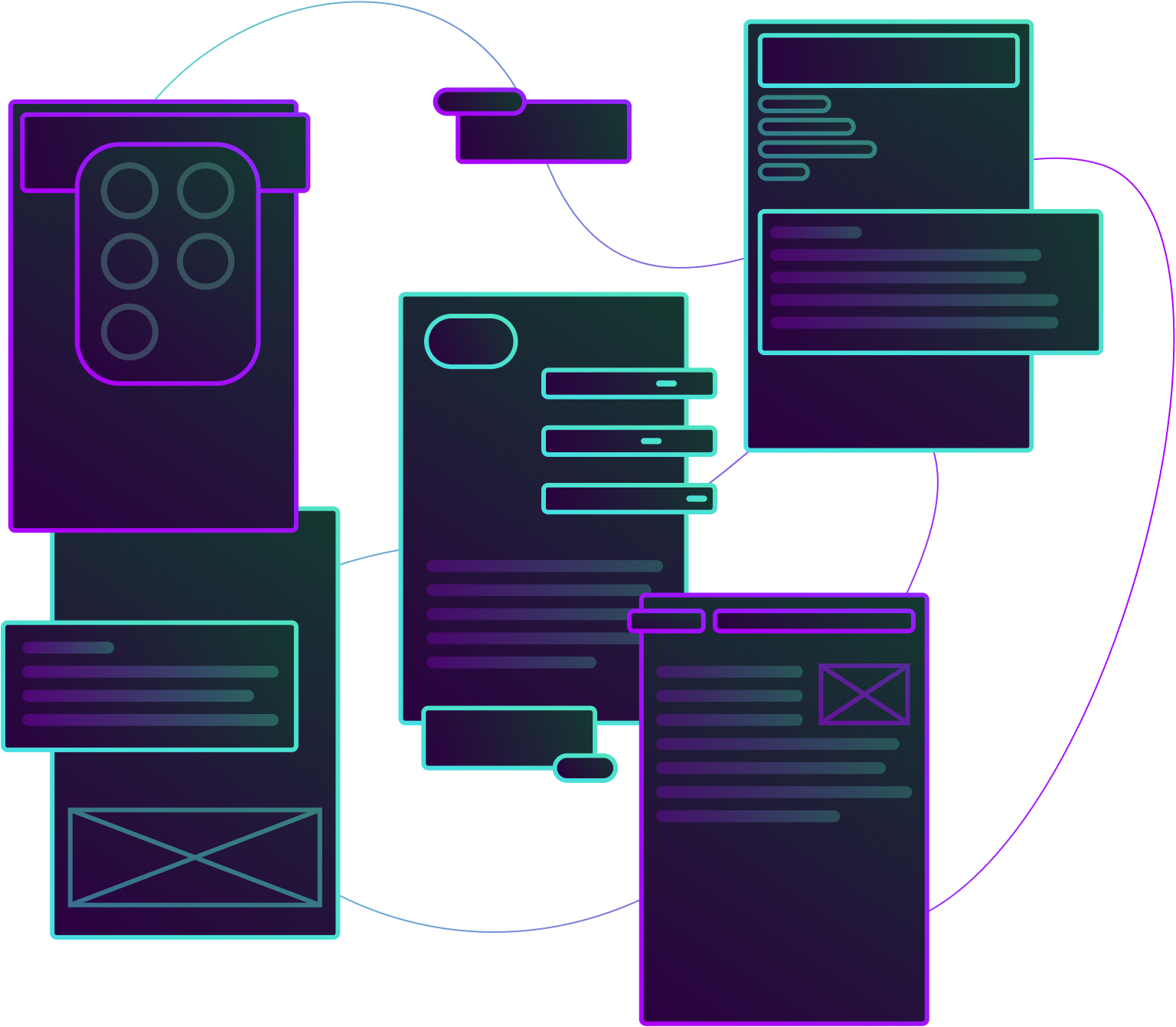
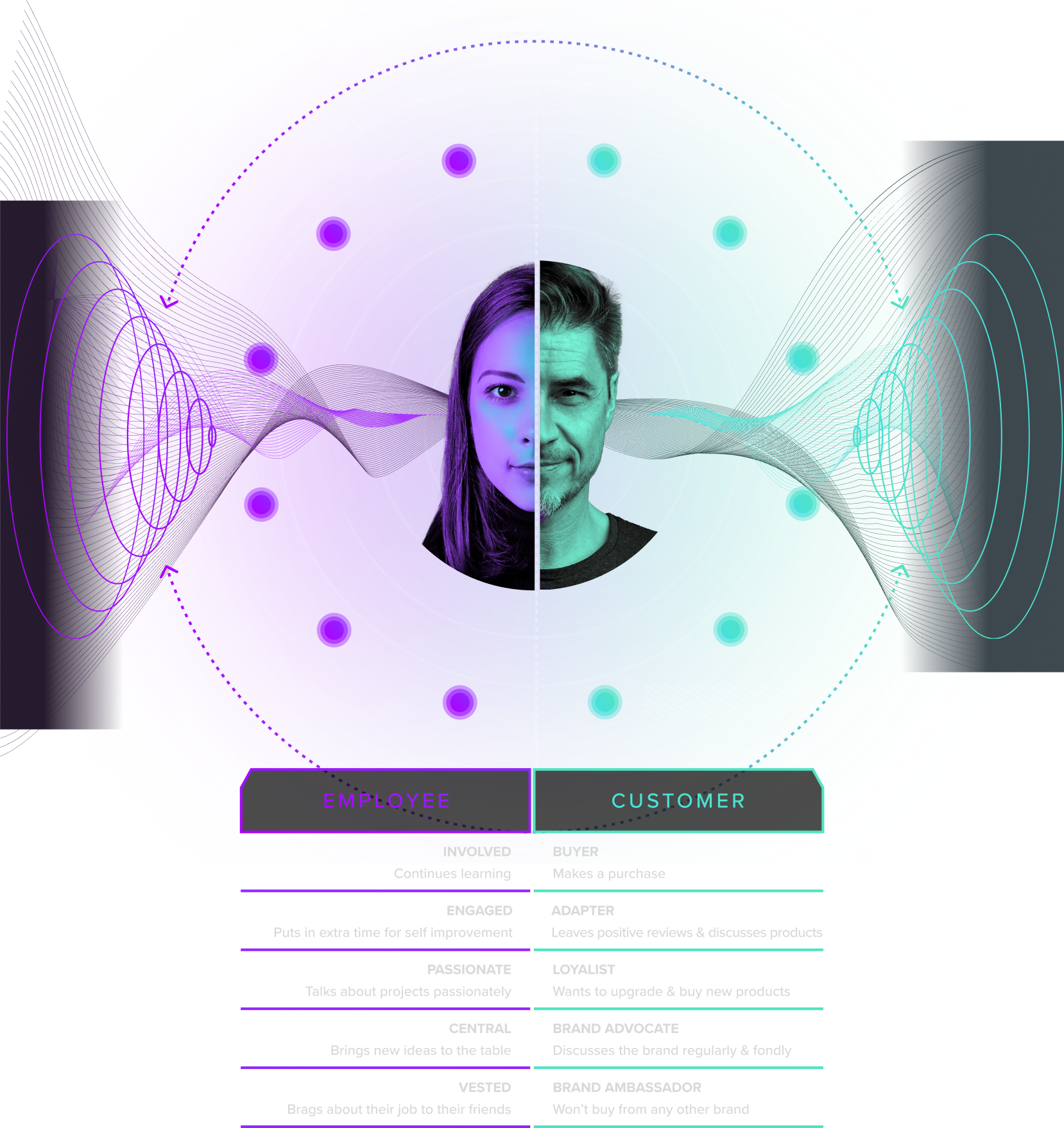
User Interface Requires Human-Centered Design
Often, the biggest goals of an organization stem from one thing — understanding their end user. UI design is no different. Knowing what your customers want, need and feel plays a direct part in designing an interface to benefit their end experience.
To gain this understanding, organizations have often used user-centered design (UCD) to focus on the product’s end users. While that focus has value and merit, creating a stronger UI requires deeper user insight. That’s where our Human-Centered Design (HCD) comes into play.
HCD looks at the holistic view of the customer. That 360-degree view of the customer offers more insight into the features and products a customer wants and needs from the UI. This approach goes beyond simple semantics and more into the emotional and logical triggers required as they navigate their interactions on the various platforms used within your organization.
Gathering Quantitative Data Around the User Interface
Gathering the 360-degree insights of the end user is one thing. Mapping it to the UI is a whole other. A Customer Insights Map like the one seen here allows teams to visualize what’s happening along the customer journey.
On this map, teams can go into detail, quantifying the experience users have on the various platforms being used, the various interfaces the customer sees, and where there may be a disconnect between the UI and the overall user experience (UX). By surveying, gathering analytics and tracking interactions, organizations have quantifiable data to know how and where to elevate the UI for a better overall experience.
In finding these insights, employee feedback and data loops must be leveraged. Employees are often on the front lines, seeing, hearing and interacting with customers on a shoulder-to-shoulder level as they navigate the various interfaces. Having the team’s feedback can pinpoint specific areas where improvement isn’t just needed but can dramatically uplevel the overarching customer experience (CX).
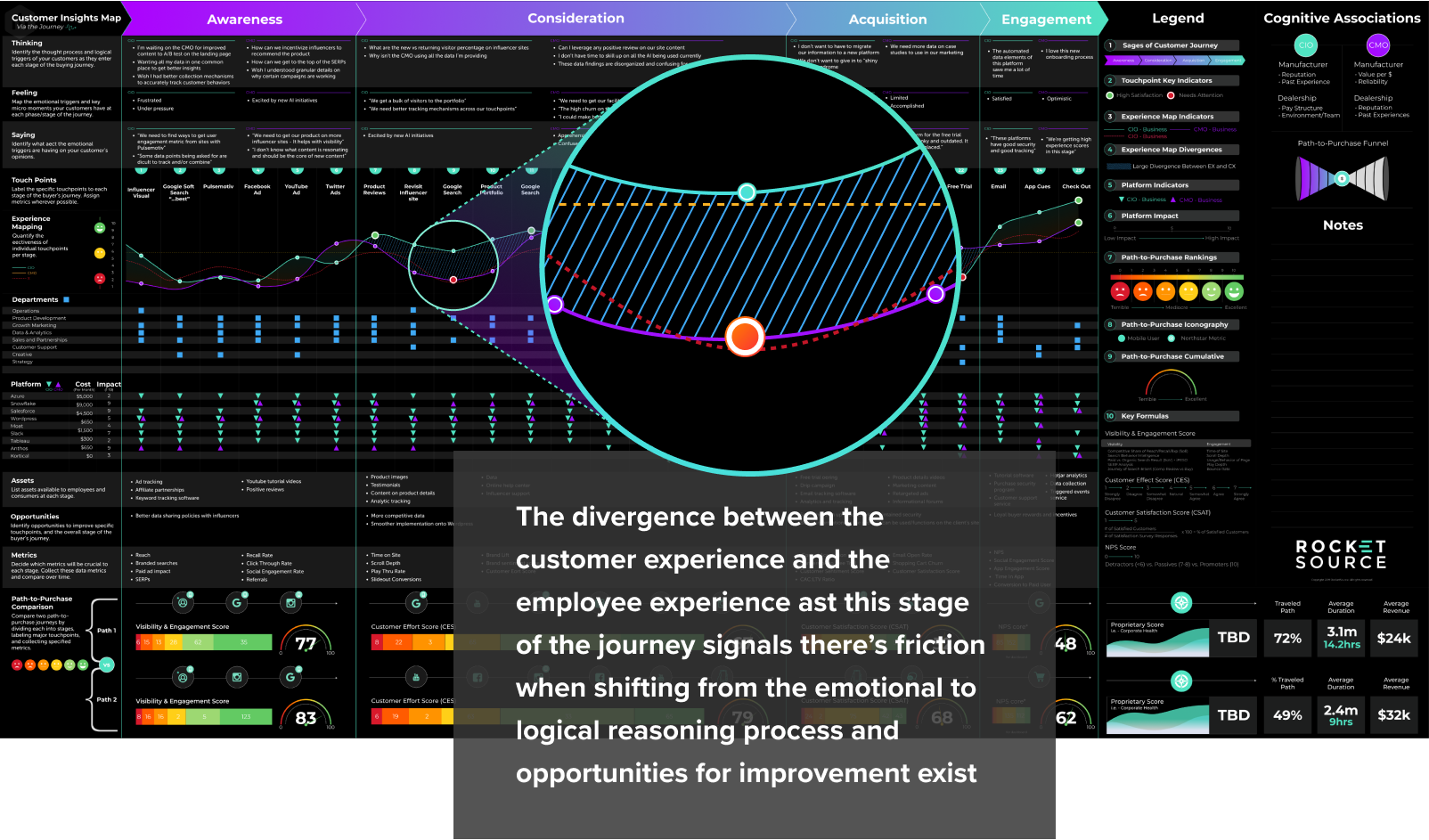
Gathering Qualitative Data for the User Interface
A major part of the User Interface isn’t quantifiable. Building a strong UI requires teams to dig deeper to understand the emotional and qualitative data from every interaction and feature.
Gathering qualitative data around the UI requires a deeper approach to data looping. From sentiment mining and empathy mapping to customer surveys and shoulder-to-shoulder research to find product-market fit, teams must go that extra level. In doing this deeper qualitative research, teams can map out actionable insights around the thoughts, feelings, actions and verbal data from a user’s interaction via the UI.
That mapping can spur fresh takeaways that stem from the user’s mindset while interacting with the interface rather than relying on quantitative data alone. That research allows you to better understand the overarching cognitive associations that users have of the brand, simply from their time spent engaging with the UI.

The Results of a Human-Centered Approach to User Interface Design
UI isn’t just one piece of the puzzle. It’s an integral part of the overarching vision of the organization and the user’s end-to-end experience. A more human-centered approach to designing a user interface allows teams to go deeper with their designs and ultimately create a more impactful overall experience that will drive loyalty and retention.
Clarify Your Product Offer
When viewed from a distance, the user interface on your product should make it instantly clear what you offer and what steps your customer must take to engage with your offer. Taking that step back lets you see your UI in a new way. If something isn’t clear at that higher level, you’ll know instantly how to make the UI more efficient.
Simplify Your Product
Eliminating everything from the user interface that’s not necessary to the end-user experience allows you to cut the fluff and simplify the experience for your customer. Once left with the bones of the product, you can layer back in elements to tug on emotional, logical, and emotional/logical triggers.
Hone In on Your 3 Ps
The people, processes and platforms used to build your user interfaces are paramount to getting it right. By leveraging your team’s perspective, simplifying the processes inside the UI, and using the right platforms to ease every interaction, you can build a stronger product.
Leverage the StoryVesting Framework
Ultimately, the UI requires deep and intentional design. Using the StoryVesting framework to guide the decision-making around what gets added, what gets removed, and how the information is displayed, you can use your UI to establish an emotional connection with your brand by the end user, creating a stickier experience.
Customer Experience (CX) Terms
- 360° Degree View of the Customer
- AI Ops
- Barlow Bands
- Behavioral Triggers
- Bow Tie Funnel
- Brick-to-Click
- Business Impact Analysis (BIA)
- Cognitive Computing
- Cohort Analytics
- Content Mapping
- Conversational User Guidance
- Customer Data Profile
- Customer Experience (CX)
- Customer Friction
- Customer Insights Map
- Customer Journey
- Customer Journey Mapping
- Customer Satisfaction (CSAT)
- Customized Ratios
- CX Intelligence
- CX Led Growth
- CX Metrics
- Data as a Product (DaaP)
- Data as a Service (DaaS)
- Data Culture
- Data Driven
- Data Engineering
- Data Fabric
- Data Governance
- Data Humanization
- Data Hygiene
- Data Looping
- Data Mapping
- Data Mining
- Data Modeling
- Data Monetization
- Data Swamp
- Data Visualization
- Data Warehouse
- Data-Centric
- Descriptive Analytics
- Diagnostic Analytics
- Digital Asset Management (DAM)
- Digital Transformation
- Dirty Data In Dirty Data Out
- Embedded Intelligence
- Empathy Mapping
- Employee Data Profile
- Employee Experience (EX)
- EX to CX Data Mapping
- EX to CX Mapping
- Experience Management (XM)
- Gap Analysis
- Generative AI
- Human-Centered Design (HCD)
- Journey Analytics
- Machine Learning (ML)
- Managed Agile Services on Demand
- Modified Hoshin
- North Star Metric
- Party Data
- Pathway to Purchase
- Predictive Analytics
- Product-Market Fit Mapping
- Real Time Design Looping
- Revenue Acceleration
- RevOps
- S Curve of Growth
- Stack Impact Analysis
- StoryVesting
- Table Stakes Testing
- The 3 P’s
- User Experience (UX)
- User Insights Map
- User Interface (UI)
- Voice of the Customer (VoC)
- Voice of the Employee (VoE)
- World Cloud Generator Sentiment Mining
- X Analytics

